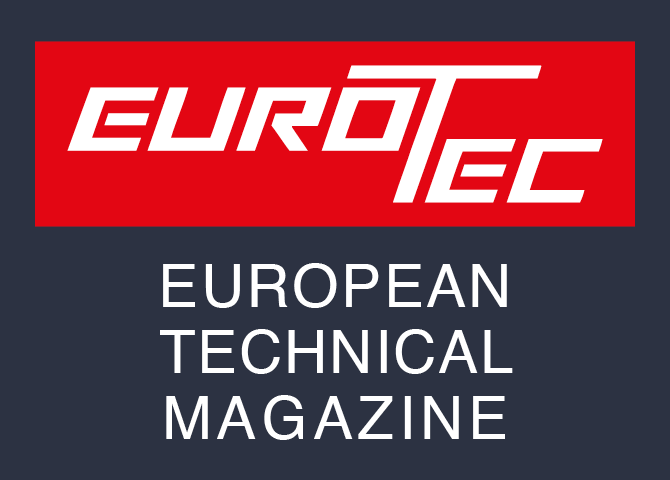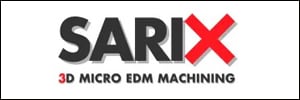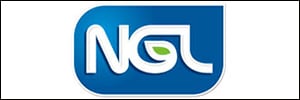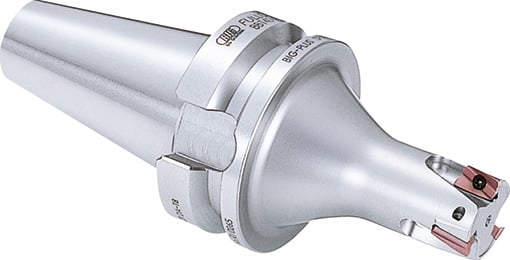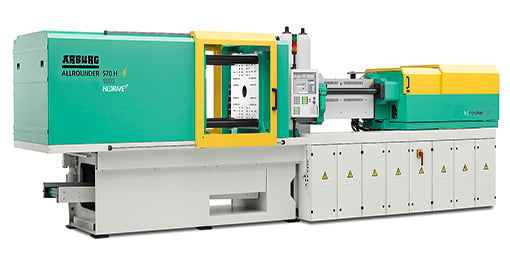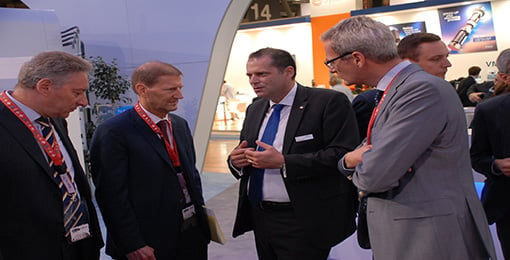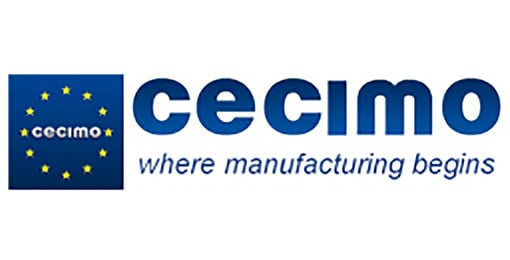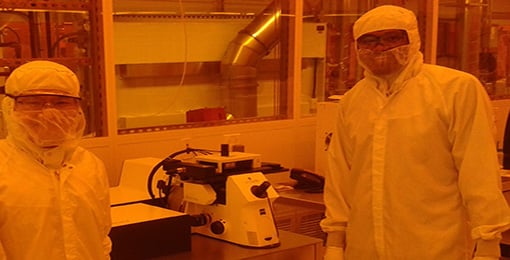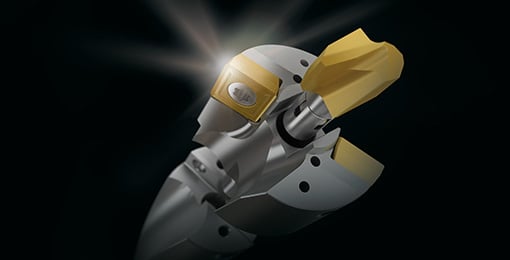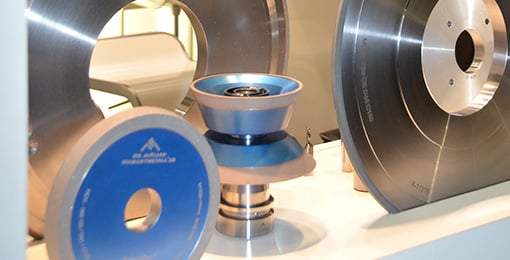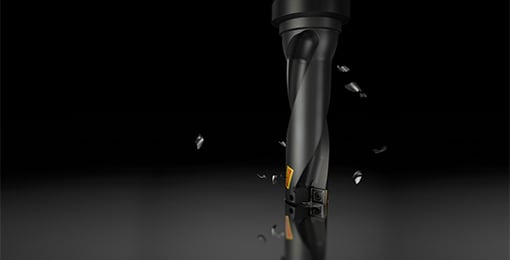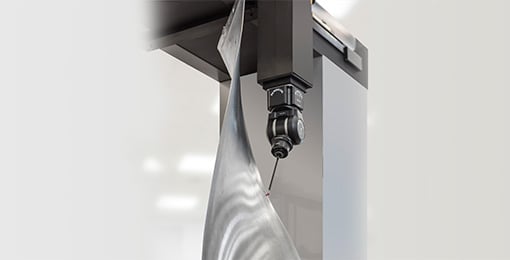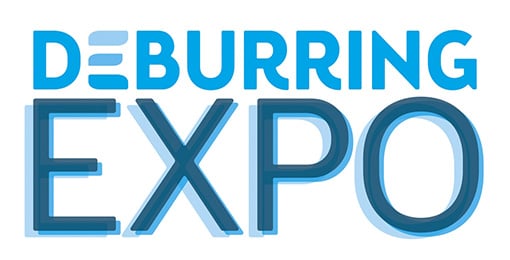New course organized by FSRM. The objectives of the course is to present the applications of surface tension in Microsystems (microgrippers, fluidic lenses, actuators, valves, sealing systems…), to give the fundamentals in order to be able to understand capillary forces models from literature, to provide basics for capillary forces measurements and for surface tension based design. A strong focus will be put on micro-assembly applications (gripping, self-centering).
Target group PhD students, researchers and engineers involved in surface microfluidics, micromanipulation or precision assembly. Designers active in the field of microsystems and brought face to face with adhesion and stiction in MEMS.
Content
- key concepts towards capillary forces modelling and its possible application to the fields of microrobotics and microassembly: surface energy, surface tension, the contact angles and wettability together with the Young-Dupré equation, the pressure drop across the interface described by the so-called Laplace equation, the curvature of a surface in the 3D space. Additional concepts are the contact angles hysteresis, the surface impurities and heterogeneities, the dynamic spreading of a liquid on a substrate.
- capillary forces modeling: models at equilibrium (2D and 3D), capillary forces at the sub-millimetric and nanometric scales
- self-assembly: applications, main parameters and models for self-centering effects and oscillations damping
- state-of-the-art, based on the fact that surface tension forces linearly decreases with the size while the weight decreases more quickly. While surface tension has been pointed out as being one of the disturbing effects in MEMS (stiction problems [kondo05, mastrangelo93, wu06]), other uses have been positively considered [berge93, hendriks05, lee00, oh06]. More particularly, surface tension effects have been applied to many fields such as capillary gripping [bark99, grutzeck99, obata04, biganzoli05, lambert06, schmid06], fluidic microvalves [feng03], actuation [borno06], optics [berge00].
Tutors
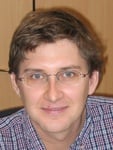
Pierre LAMBERT is CNRS senior researcher at FEMTO-ST (he was previously Assistant Professor at Université libre de Bruxelles). He has been active in the field of micro-assembly and surface forces modeling for many years. After obtaining his PhD in 2004, he developed microgripping applications at EPFL (LPM) in 2005 and in the Université Pierre and Marie Curie (2006). In 2008 he was visiting Professor at the EPFL (LPM) in the field of forces measurement and in 2009 he has been a scientific collaborator of the European project HYDROMEL. In the field of the course, he is the author "Capillary Forces in Microassembly", edited by Springer NY in 2007 and is the co-author of "Robotic Microassembly", to be edited soon by Wiley-Interscience.
Date and place (dd.mm.yyyy) 29.03.2010 Lausanne, EPFL (CH) Registration
10.09.2010 Brussels, ULB (BE) Registration
Duration 1 day Fees CHF 580.00 EUR 390.00
